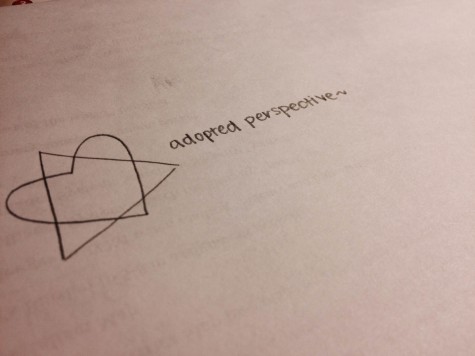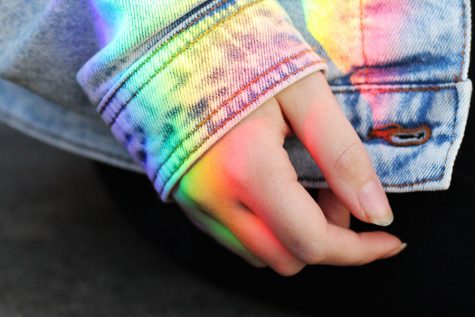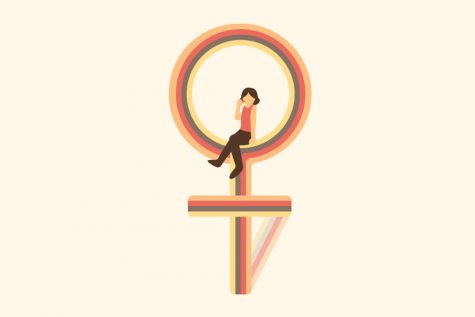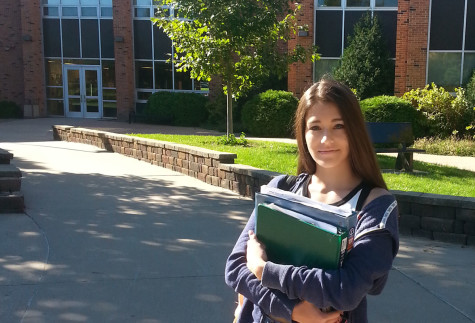Your donation will support the student journalists of West High School. Your contribution will allow us to purchase Scholarship Yearbooks, newsroom equipment and cover our annual website hosting costs.
How It Works
December 21, 2018
In a place filled with metal cribs and crying kids, caregivers scramble from room to room attending to the cries of children ranging anywhere from infants to teenagers. All of them are orphans, awaiting their fates and hoping to be taken in by a loving family.
The Immigration and Nationality Act defines orphans as children who, due to the “death or disappearance of, abandonment or desertion by, or separation or loss from, both parents” have lost contact with their biological parents. They may also be considered orphans if an “[unwed mother or surviving parent] is unable to care for the child properly and has, in writing, irrevocably released the child for emigration and adoption.” These children enter into orphanages, institutions dedicated to caring for children as they wait for permanent adoption placement.
The adoption process varies depending on the circumstances of the adoption and the agency handling the case. This is especially true if the adoption is done domestically or internationally, as the two processes differ.
There’s two types of adoptions that can occur. One of these adoptions is from DHS [Department of Human Services], where the parental rights have been terminated by the state because the parents haven’t been able to get their act together. The other type is … private adoption, and those are where people either voluntarily give up their rights or it might be a foreign adoption.
— Jerry Foxhoven, Director of the Iowa Department of Human Services
“There’s two types of adoptions that can occur. One of these adoptions is from DHS [Department of Human Services], where the parental rights have been terminated by the state because the parents haven’t been able to get their act together,” Foxhoven said. “The other type is … private adoption, and those are where people either voluntarily give up their rights or it might be a foreign adoption.”
One of the differences between domestic and international adoption is that international adoptions are usually closed. In addition, if families are adopting internationally, they must fill out an orphan petition to be approved and apply for a visa, since internationally adopted children are considered immigrants in the United States, according to the U.S. Citizenship and Immigration Services.
Orphanages remain one of the most popular systems for adoption. According to UNICEF, there is an estimated 153 million orphaned children around the world. While these establishments remain in use worldwide, the United States have ceased orphanage usage in favor of the foster system.
The foster care system encompasses foster homes which typically only have a small number of children, sometimes only one, living with a single family who is in charge of their well-being. Historically, orphanages were overcrowded and children were kept in poor living conditions. As child protection and U.S. adoption policy laws began forming, traditional orphanages quickly faded. By the 1960s, the foster system became a government-funded program, according to American Adoptions. However, the foster system is far from perfect.
“With regards to issues that you see with foster care, and even with adoption, is that … there is such a shortage of foster parents who are adoptive parents that a lot of times, the adoptive parents or foster parents aren’t great parents, so there is a large number of issues that arise,” said Juris Doctor (J.D.) attorney-at-law Tucker Kraght.
In addition to not having experience with caring for an adoptee, many children in the foster care system come from difficult circumstances such as mental, physical and emotional abuse that may have resulted in trauma. This is often difficult for foster families to handle, especially if they do not have access to appropriate resources.
“[Fostering is] difficult to begin with, and … foster care can sometimes exasperate that problem because foster care parents aren’t necessarily always prepared to take on some of the challenges,” Kraght said. “There’s an understanding in society that foster care is this thing that you do because [someone] likes kids and wants to be helpful, but they don’t understand that they’re taking on the legal responsibility … for another human being’s life. … They’re creating a bond that’s meant to last a lifetime, if not longer.”
With regards to issues that you see with foster care, and even with adoption, is that … there is such a shortage of foster parents who are adoptive parents that a lot of times, the adoptive parents or foster parents aren’t great parents, so there is a large number of issues that arise.
— Tucker Knight, Juris Doctor (J.D.) attorney-at-law
According to Foxhoven, some other problems with the foster system include not putting enough money into preventing family separations, leading to children having to be removed from their homes, as well as the uncertainty of having a permanent, stable family potential adoptees can depend on.
“It can get really complicated, and a lot of times it’s a process that is stressful and understandably, has a lot of emotional complexity,” Kraght said. “At the end of the day, the impact on the children … should be minimized as much as possible. If anything, it’s the safety of the child and the best interest of the child that always comes first.”




